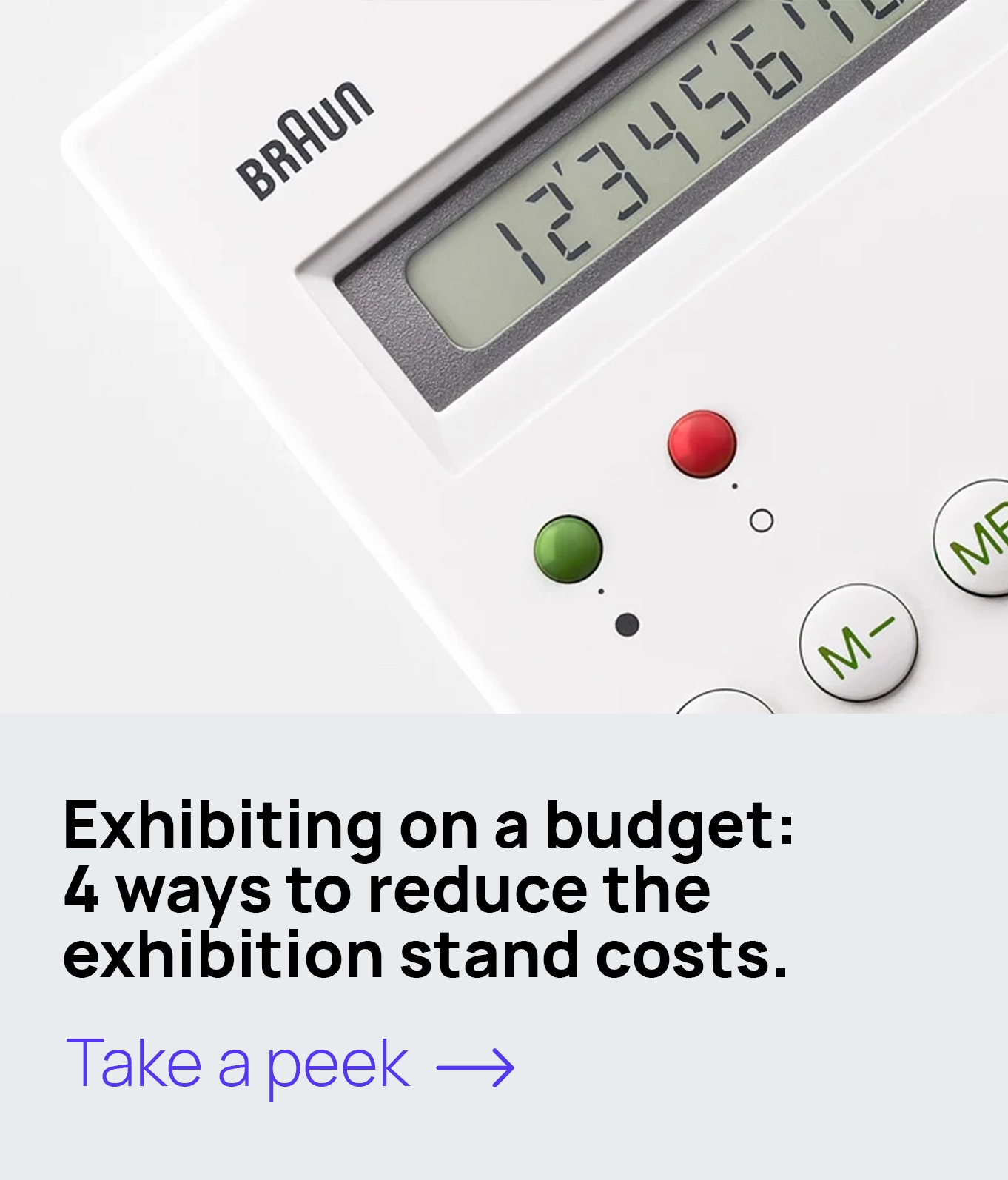Can a professional designer develop a stand design without a brief? Sure he can, even the most mediocre designer with an 3Ds Max can make something pretty, however irrelevant. As we described in our previous article, the design is not art and it should work for business. Which is why your designer MUST know the business goals and other details of the exhibition participation. That’s when a brief comes handy.
What’s a brief?
Many problems in our lives would have disappeared if we could clearly tell others what we actually want. For the design clients, this problem is solved by filling the brief. It is a document where you define the borders for the designers, and they will have to create something functional within these limitations.
Technically, if you don’t give a brief to your designers you simply lose the opportunity to tar and feather them for delivering poor work. If there were no requirements, then all of them are considered to be met. So the brief makes both parties liable for what appears as a result, and the more information a customer provides – the better the stand will work in the end.

Describe exhibition goals
Some companies participate to get new clients. Some want a cozy place to talk to their existing customers and to make new contracts. Others may simply want to introduce new products. Sometimes companies appoint meetings and don’t expect any new prospects, other times they may expect to get new people interested in their business. If your company is new and the product is a technological breakthrough it doesn’t seem logical to make a huge negotiations zone, while the presentation of the product should be breathtaking.
Depending on your exhibition goals, it would be correct to have different stand design options for every case. And that’s your designer’s job to understand the specifics of your goals and to implement that on the 3D canvas. Otherwise, the design simply won’t win the tender.
Define your budget
At some point, a professional designer will ask you “to talk money”. The exhibition participation is quite a costly thing, and it includes a lot of the components. The cost of the assembly and dismantlement, the participation fees, the hanging constructions costs,the transportation and many more besides the design itself, not to forget about the builder’s commission. Really, if both of you speak the same language and keep the same numbers in mind you will not have any problems with the future project.

Don’t forget the deadline
Another thing you need to indicate in the brief is the deadline. That gives the time frames and indicates
If there’s no deadline – maybe, you shouldn’t even start? The deadline is one of the most important things about the stand design that can either help you to win the tender or prevent you from winning one. Explaining why is a whole new story.






Leave A Comment